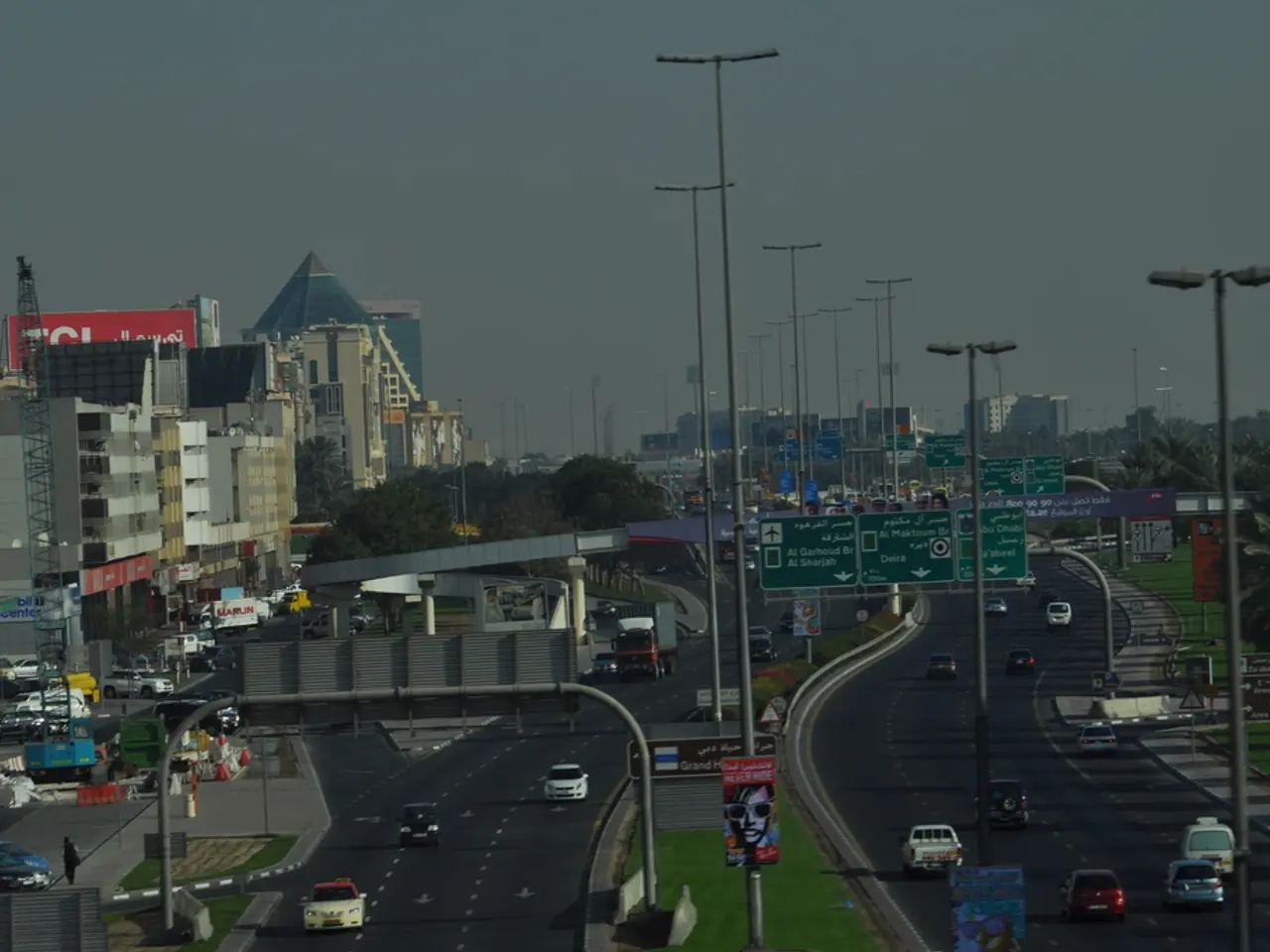Global Monitoring Increase Spotted in Report, Focuses on Surveillance Hotspots in American Cities
The world of public video surveillance is undergoing a significant transformation, driven by urbanization, security awareness, and technological innovation. According to a recent report by Comparitech, the global market for video surveillance is expected to reach approximately USD 82.4 billion by 2033, growing at a Compound Annual Growth Rate (CAGR) of over 9%.
One of the key factors fueling this growth is the adoption of Artificial Intelligence (AI) and the Internet of Things (IoT). Cameras are evolving from mere recording devices to intelligent systems capable of real-time analytics, face recognition, weapon detection, crowd behavior monitoring, and even predictive security. The transition to cloud-based video management is also noteworthy, particularly in the US and Canada, enabling scalable and remotely managed surveillance networks, increasing efficiency and integration.
However, the landscape of public video surveillance is not uniform across the globe. Asia-Pacific, led by China, India, and Japan, is at the forefront of this growth due to rapid urbanization and government smart city initiatives. Europe, on the other hand, balances surveillance expansion with strict privacy regulations like GDPR, encouraging innovation in privacy-compliant surveillance technology. North America is increasingly blending public and private surveillance networks, with cities like Los Angeles and New York becoming some of the most surveilled globally outside China.
Los Angeles, in particular, has recently expanded its monitoring capabilities with the installation of 115 AI-enabled cameras. The Los Angeles County Sheriff's Office has launched a camera registry program, cataloging over 1,700 privately owned cameras, with over 2,900 connected for real-time access by law enforcement. This integration of public and private surveillance networks has resulted in Los Angeles ranking 15th with an estimated 46,766 surveillance cameras, equating to approximately 12.4 cameras per 1,000 residents.
Chinese cities dominate the highest cameras-per-capita rankings, supported by extensive government systems. Among US cities, Los Angeles and New York City stand out as leaders in surveillance density. The density of cameras in New York City is 10.12 cameras per 1,000 people.
The report also highlights the increasing fusion of public surveillance infrastructure with privately owned cameras. Cities like Hyderabad, Lahore, Moscow, and Seoul outside the US are also experiencing increased use of artificial intelligence and integrated public-private monitoring networks.
However, there is no clear correlation between high camera density and lower crime rates, according to Comparitech. The report also notes that law enforcement in Los Angeles is expanding its use of artificial intelligence and community participation in surveillance networks.
To read the full Comparitech report and explore global rankings, visit the provided link. The report titled "Surveillance Camera Statistics: Which Are the Most Surveilled Cities?" reveals a global expansion of public video surveillance, with cities increasingly leveraging geo-tagging, dash cams, and AI-based technologies to build more responsive and expansive surveillance capabilities.
- The integration of artificial intelligence in public and private surveillance networks, as seen in cities like Los Angeles, is a notable trend in the general-news area, reflecting the significant transformation in the world of public video surveillance due to technological innovation.
- While urban areas in Asia-Pacific, particularly China, India, and Japan, are leading the growth in the global video surveillance market owing to rapid urbanization and government initiatives, Europe balances this expansion with strict privacy regulations like GDPR, highlighting the crime-and-justice aspect in the development and implementation of privacy-compliant surveillance technology.




